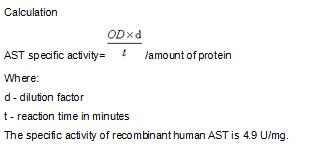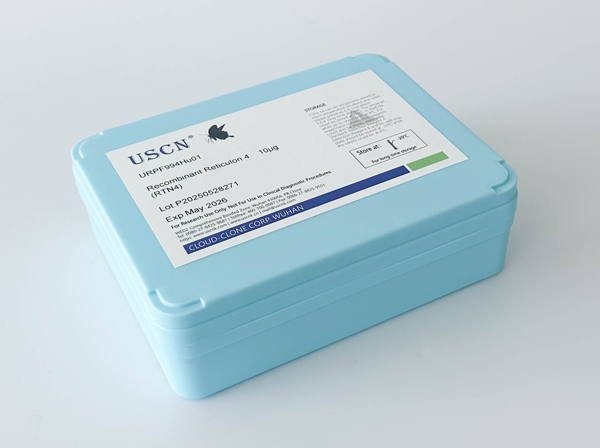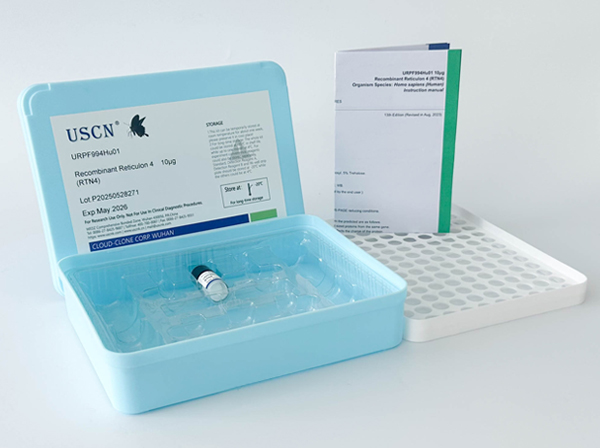Active Aspartate Aminotransferase (AST)
cCAT; AAT; ASAT; SGOT; GOT1; Cysteine transaminase, cytoplasmic; Transaminase A; Aspartate Transaminase 1,Cytoplasmic; Glutamic-Oxaloacetic Transaminase 1,Soluble
- Product No.UAPB214Hu01
- Organism SpeciesHomo sapiens (Human) Same name, Different species.
- Buffer Formulation20mM Tris, 150mM NaCl, pH8.0, containing 0.01% SKL, 5% Trehalose.
- TraitsFreeze-dried powder
- Purity> 97%
- Isoelectric Point6.6
- ApplicationsCell culture; Activity Assays.
- Download Instruction Manual
- UOM 10µg50µg 200µg 1mg 5mg
-
FOB
US$ 155
For more details, please contact local distributors!US$ 387
For more details, please contact local distributors! US$ 774
For more details, please contact local distributors! US$ 2322
For more details, please contact local distributors! US$ 5805
For more details, please contact local distributors!
ACTIVITY TEST of the Active Aspartate Aminotransferase (AST)

Aspartate transaminase(AST) or aspartate aminotransferase, also known as AspAT/ASAT/AAT or glutamic oxaloacetic transaminase, is a pyridoxal phosphate-dependent transaminase enzyme AST catalyzes the reversible transfer of an α-amino group between aspartate and glutamate and, as such, is an important enzyme in amino acid metabolism. AST is found in the liver, heart, skeletal muscle, kidneys, brain, and red blood cells. In this test, an amino group is transferred of from aspartate to ⍺-ketoglutarate. The products of this reversible transamination reaction are oxaloacetate and glutamate. The oxaloacetic acid can be decomposed into pyruvate and carbon dioxide with the present of phenylamine citrate. The activity of aspartate transaminase can be measured by calculating the concentration of the pyruvate. The reaction was performed in adding 10μl different concentation recombinant AST(the blank tube add 10μl phosphate buffer) to 50μl mixture substrate contianing 2mM 2-Ketoglutaric acid, 0.1M L-aspartic acid,<br/> in 0.2M phosphate buffer,pH7.4, incubate at 37 ℃ for 1h, then add 10μl phenylamine citrate and 50μl 2,4-dinitrophenylhydrazine continue incubate at 37 ℃ for 20min, stop the action by adding 500μl 0.4M NaOH, read the OD value at 520nm. Standard curve prepare by double dilute 2μM pyruvate with phosphate bufferr then add 10μl phenylamine citrate and 50μl 2,4-dinitrophenylhydrazine, incubate at 37 ℃ for 20min and record the OD value at 520nm. One unit of AST is the amount of enzyme that will generate 1μmole of pyruvate per minute at pH7.4 at 37 ℃.
USAGE of the Active Aspartate Aminotransferase (AST)
Reconstitute in 20mM Tris, 150mM NaCl (pH8.0) to a concentration of 0.1-1.0 mg/mL. Do not vortex.
STORAGE of the Active Aspartate Aminotransferase (AST)
Avoid repeated freeze/thaw cycles. Store at 2-8°C for one month. Aliquot and store at -80°C for 12 months.
STABILITY of the Active Aspartate Aminotransferase (AST)
The thermal stability is described by the loss rate. The loss rate was determined by accelerated thermal degradation test, that is, incubate the protein at 37°C for 48h, and no obvious degradation and precipitation were observed. The loss rate is less than 5% within the expiration date under appropriate storage condition.
INCREMENT SERVICES
BCA Protein Quantification Kit
Molecular Mass Marker for Protein
Monoclonal Antibody Customized Service
Polyclonal Antibody Customized Service
Protein Activity Test Experiment Service
Electrophoretic Mobility Shift Assay (EMSA) Experiment Service
Buffer
Lentivirus Packaging Experiment Service
Adenovirus Packaging Experiment Service
Real Time PCR Experimental Service
Spike RBD Protein (S-RBD)
Protein G
Protein A



